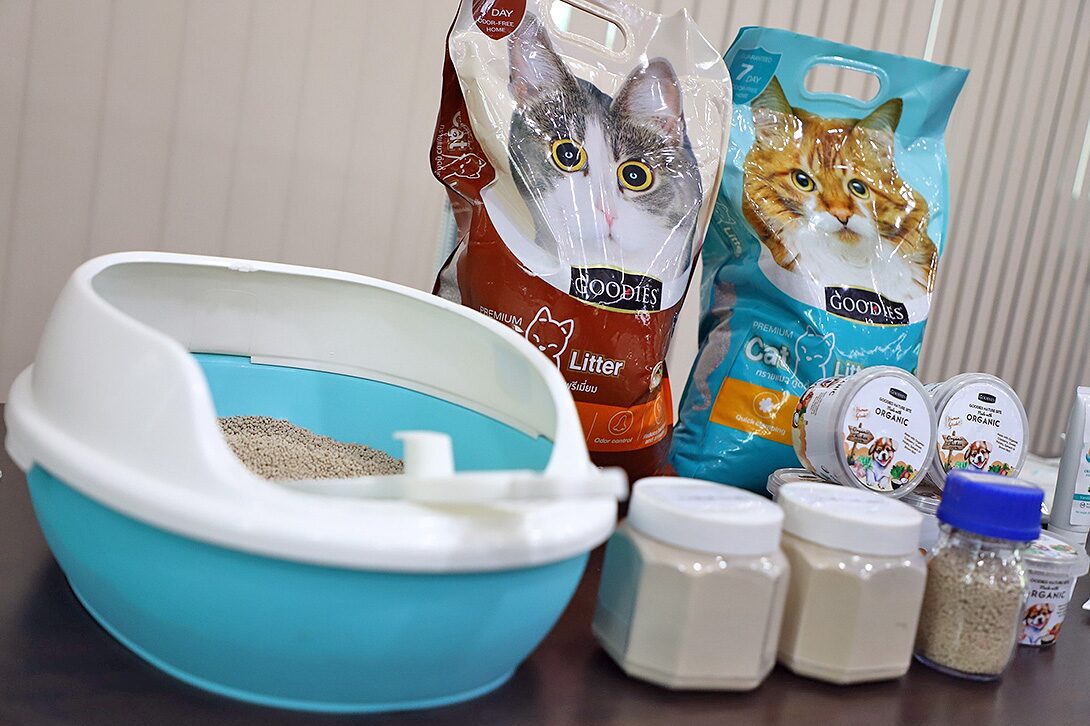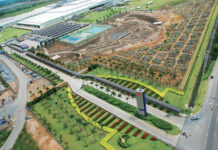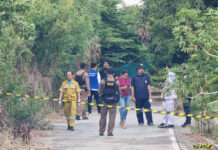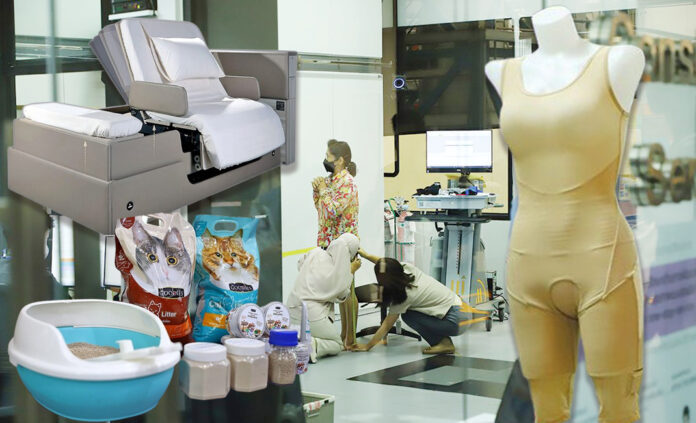
BANGKOK – Assoc. Prof. Dr. Thermsak Srikirian, Director of the National Metal and Materials Technology Center (MTEC), announced the research direction for this year, which is for MTEC to focus on the public and prioritize solving important national problems.
“We don’t just want to do research, we want to make it accessible to users. So we are concentrating on answering the entire value chain. With the policy of the Ministry of Industry, which sees research as an investment, not research for the sake of research, but research to solve important problems for the country or problems for the private sector. So we are focusing on that direction,” said Dr. Thermsak.
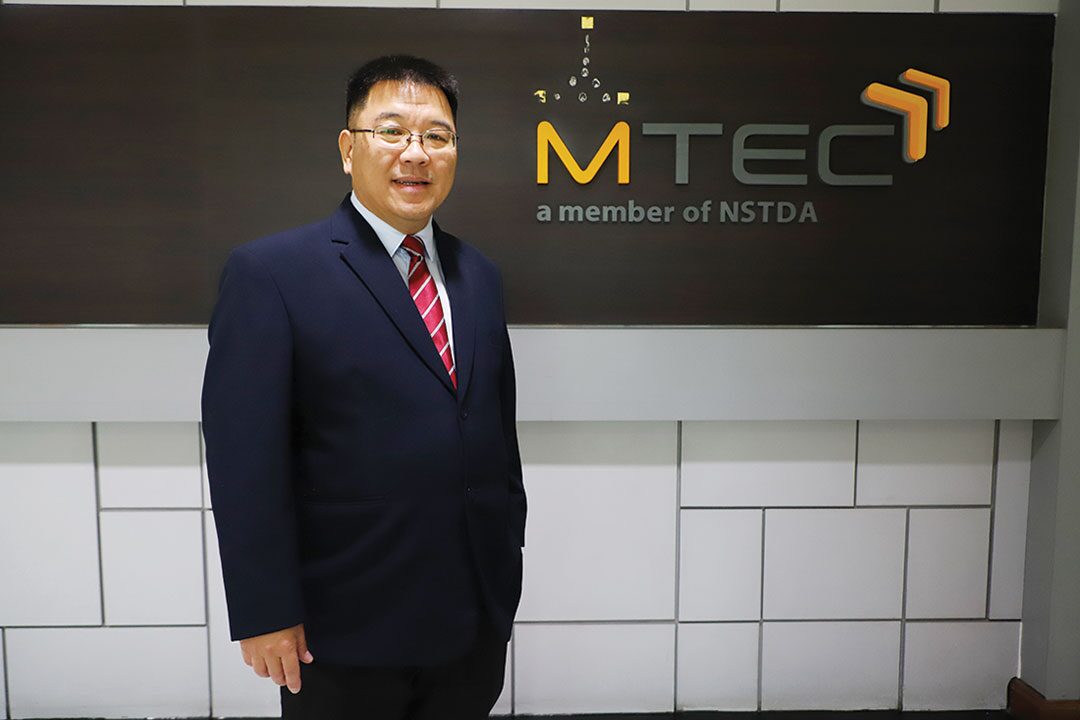
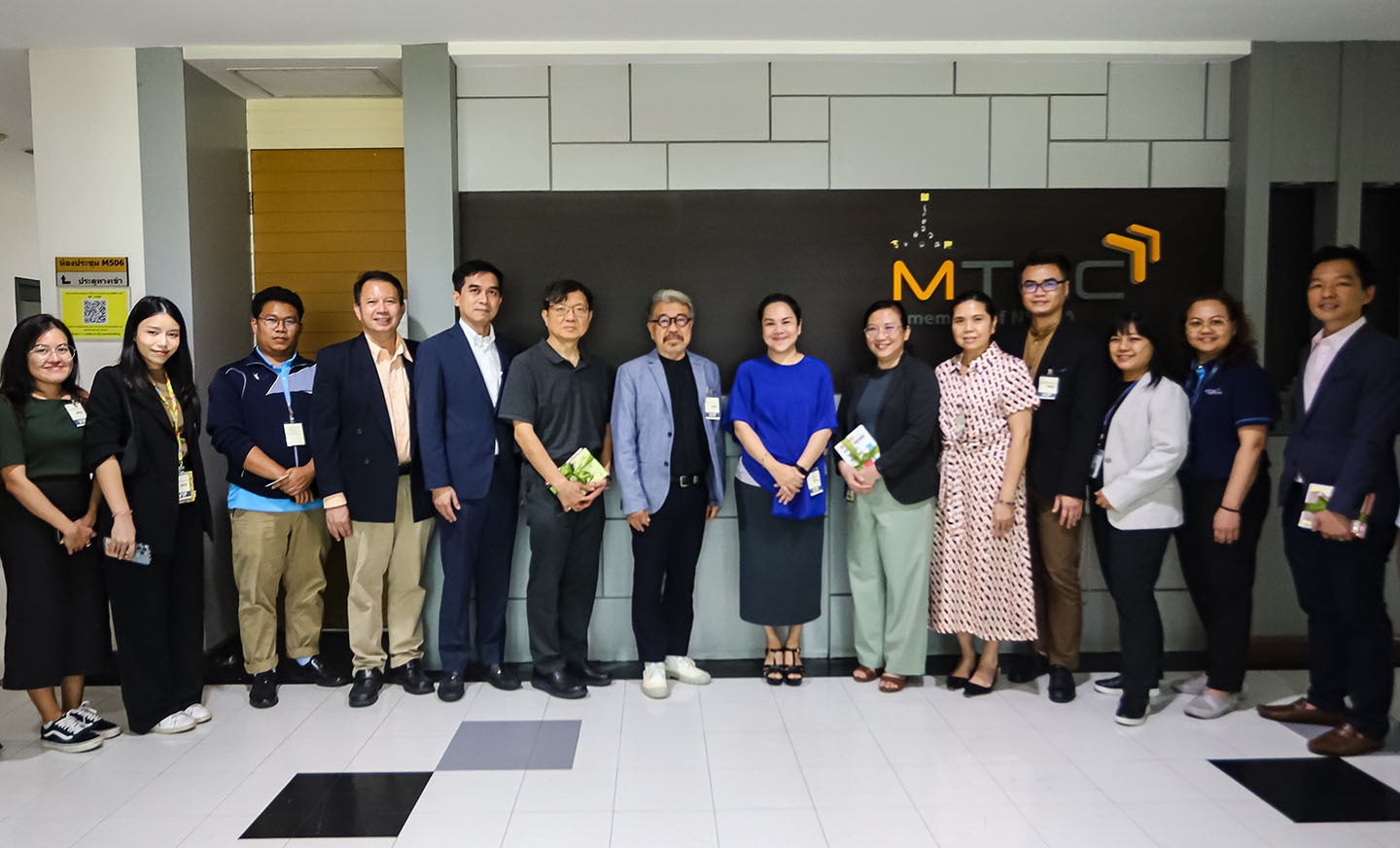
What are the obstacles that prevent research from being applied in the real world?
Assoc. Prof. Dr. Thermsak invited us to question the things we have been pushing for, such as Doing The Project Right.
“I believe that our researchers have no problem, everyone is talented and capable. But doing the right project, choosing a project that has an impact or solves the right problem is difficult.”
Cooperation with interest groups is also important, because research and development are only the beginning.
Incubate technology: Transferring knowledge into the economy
As one of the key players, MTEC knows how important it is to build on existing technologies.
“I believe that we can achieve technology localization (the development of foreign technology for strategic industries) as China has done in the last 20 years. They imported the technology first and used it immediately. I looked at ‘bamboo’, it is an interesting plant, it grows fast and has good properties. But there is still a lack of research to support it. There should be a scout to analyze what we should put into it.”
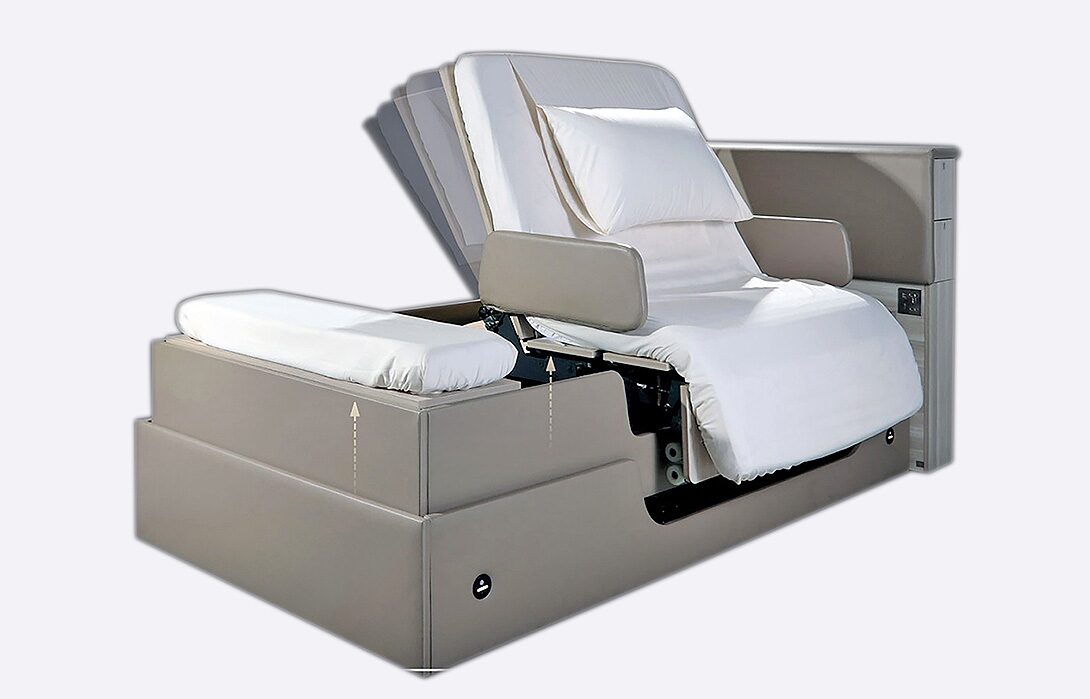
“The private sector is already good at research and development, but it still lacks the push for standards. The private sector cannot be the regulator. So you need a third party that is independent and unbiased.
“We will be the Account Third Party in this matter. We will start to find projects that do the right thing by analyzing the entire value chain and looking at the downstream players. In medicine alone, we have made a lot of mistakes because we have not looked at the whole process, whether there are regulations to support the project. When we do that, we do research to our heart’s content, but we end up not being able to invest.” The MTEC director clearly pointed out the obstacles.
Assoc. Prof. Dr. Thermsak said that the organization is well positioned. It does not want to compete with the private sector. It is there to connect and create a mechanism to transfer knowledge to the economy.
“But there is a role I call incubation technology. That’s something we are going to focus a lot on.”
He emphasized his position and welcomed all sectors to join. There is a business development unit that provides specific advice.
Looking at the country as a company: Older people must be able to live independently.
Assoc. Prof. Dr. Thermsak said that many companies are not big enough to do their own research and development and that managing intellectual property is a big task.
“We assume that one thing that will be very useful is the model of looking at the ‘country as a company’. We want to be like an outsourced R&D unit that supports the corporate sector, which we see as a sales and production department, and we do research for the industry that we use. We keep joint development confidential, which allows more flexibility and removes the headaches of research.”
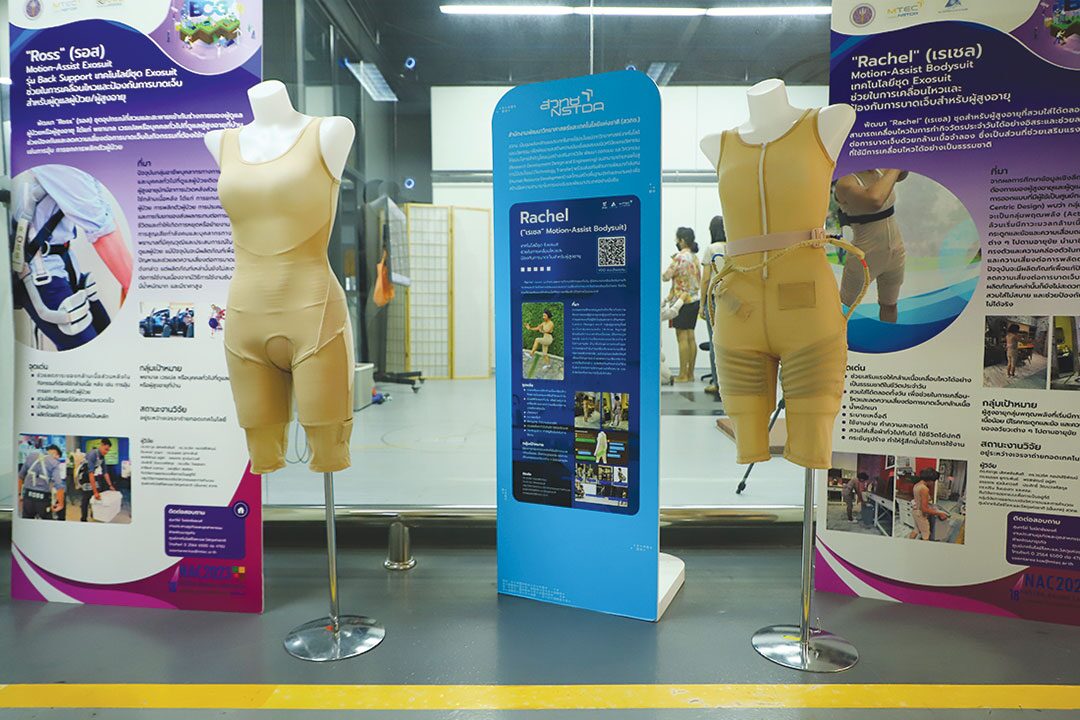
Smart Life and Well Living:
For Assoc. Prof. Dr. Thermsak, a good life is becoming increasingly important. This is because Thailand is about to enter an aging society in which people will have to live alone in the future. There is therefore a need for various aids, from wearables to medical devices and household aids. Currently, Ross has been developed for caregivers, nurses, carers or generally for people who care for elderly people at home. They need to lift and move patients.
“It is an exoskeleton that is worn as a back-supporting body suit. It’s a device like in the movies. It will help reduce the strain of walking or lifting things. I expect it to arrive.” The MTEC director is confident.
Batteries are the future: Changing the energy structure of the country
“When we do research, we have to be one step ahead of the trends. Just like the question of batteries today. Look at the sunlight that shines all day, with solar cells that capture it, but there is still no unit that stores electricity for the night. It’s like water that needs a reservoir to collect itself,” said Assoc. Prof. Dr. Thermsak.
He emphasized that these energies are crucial and different from fossil fuels such as oil and natural gas, which are produced when carbon is extracted and ultimately released into the atmosphere, presumably contributing to global warming. Therefore MTEC is trying to do something from the ground up and use it here.
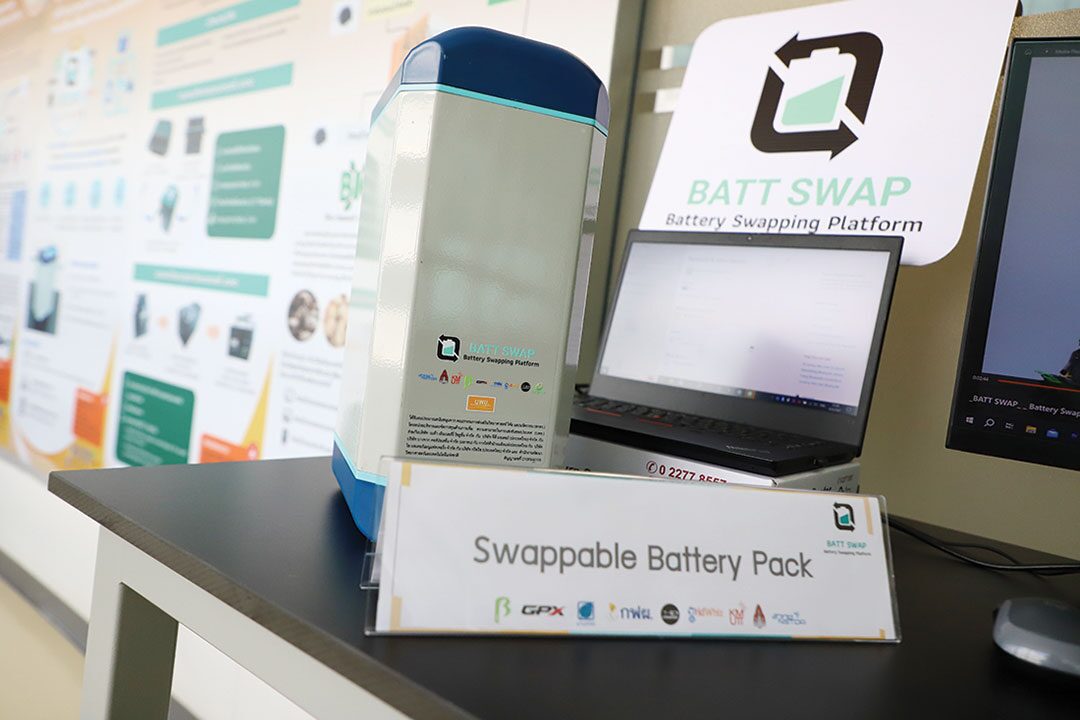
“As for the TRIS ACADEMY CLUB, which describes itself as an intelligent entity that studies issues of world concern, such as the release of carbon emissions, this could become another important trade mechanism that works closely with the aluminum and steel groups in the industry association. The next important step is ‘serious reduction’, so how to help reduce carbon emissions. Another part is assessing the carbon footprint. We need to develop these parts together.”
In addition to the economic costs, we must also consider the environmental costs,” said the Director of MTEC.
Carbon neutrality across industries
Dr. Asira Fuongfuchat, Deputy Director of MTEC, explained 4 strategies to promote Thailand’s industrial potential with ‘material technology’.
The first theme is the development of the country towards a carbon-neutral status through material technology and the reduction of greenhouse gas emissions to zero.
“This is one of the tasks of material scientists. We have to take care of our environment and our world,” said Doctor Asira.
She added: “We are focusing on NET ZERO, we have a DATABASE to show the carbon issue, the Sustainable Development Goals (SDGs), the chemicals in products (CiP), we are also emphasizing the plastics that we want to bring into the circular economy, looking at the end of waste and considering how we can capture carbon from the atmosphere in materials,” explained Dr. Asira.”

She also mentioned water, which is vital as our bodies are made up of over 90 percent water. Therefore, creating a circulatory system for water is another important focus.
The second theme is innovative medical and health devices that are both integrated into the body and external. Active devices help older people, but passive devices that do not require energy are also being developed. There are plant-based foods that support the future trend towards a healthier lifestyle.
The third theme is the development of material technology for the manufacturing and transportation industry.
“This pillar is comparatively massive. It is the most important pillar that will help the manufacturing and transportation industries. We are trying to focus on Industry 4.0 to move Thailand towards 4.0. Another important aspect is modern vehicles and road safety, considering people, vehicles and roads at the same time,” explained the MTEC deputy director.
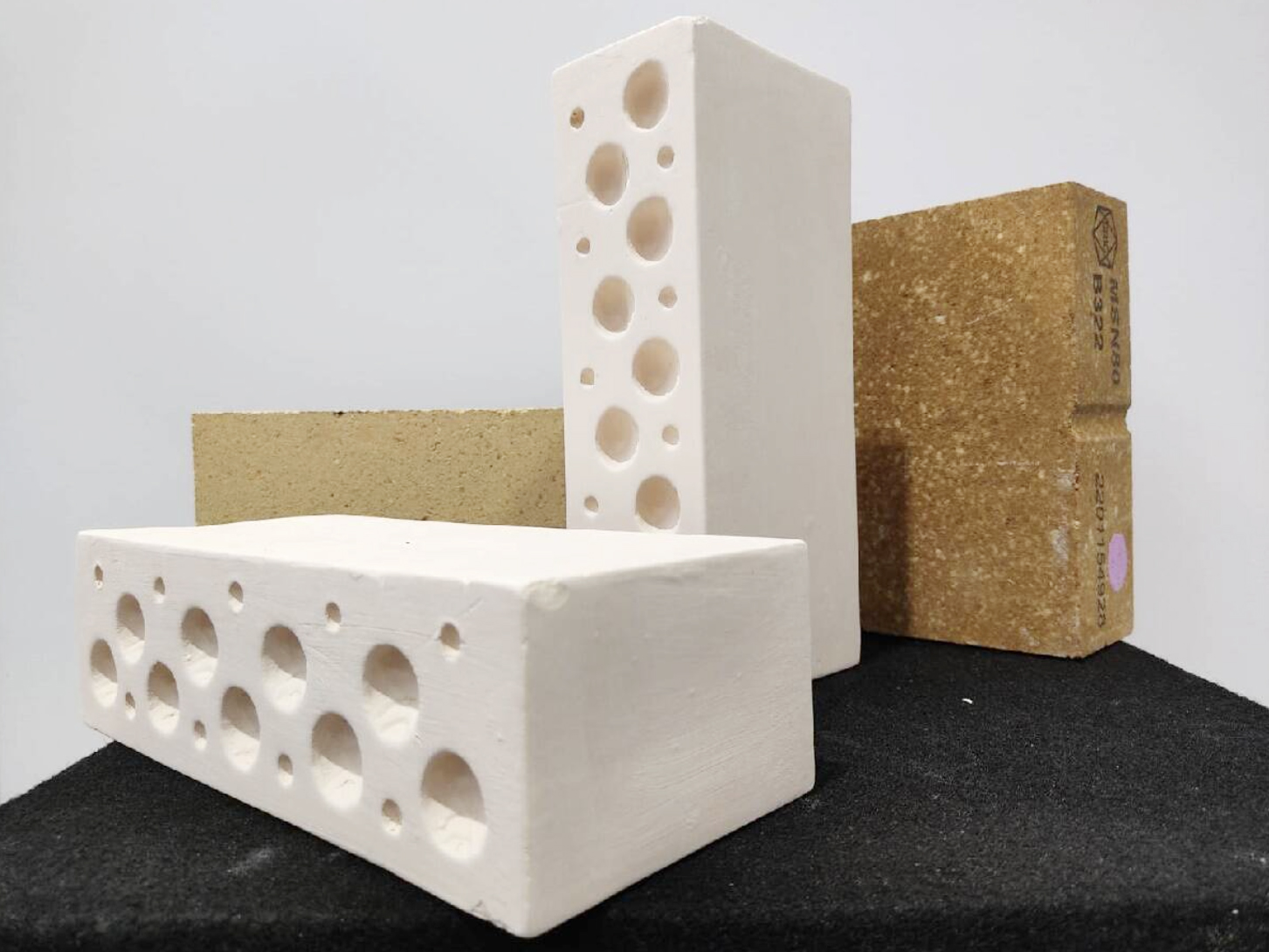
The fourth theme is the development of bio-based materials into high-quality specialty products. Our country has a rich biological base, such as ‘rubber’, from a green perspective. The use of agricultural residues, the extraction of lignin from plants, the production of seat cushions for health purposes, the relief of pressure and the development of polymers such as PLA for environmentally friendly food packaging.
“We are interested in this topic because a significant portion of emissions, over 60 percent, is due to production and energy consumption and another 10 percent is due to industrial processes. As Thailand aims for carbon neutrality by 2050 and net zero emissions by 2065, it is inevitable that we need to research and innovate to meet the challenges and support industry partners,” concluded Dr. Asira.

Making research usable
For the 5 projects funded by the Competitiveness Development Committee to bring material innovation to leading markets and create a better standard of living.
“We equipped innovation for small individuals, small and medium enterprises and intermediaries, promoting sustainable growth in all sectors. We have selected 5 leading companies,” explained Rapiphan Rahong, Senior Analyst in Business Development at MTEC, before unveiling the top products worth buying.
MTEC selected projects such as the ‘Power Lift Bed’ for senior citizens. SB Design Square received technology transfers for the ‘Joey the Active Bed’ technology or the ‘Awakening Bed’, which is currently in the innovation pipeline and ready to conquer new markets such as elderly care facilities.
The ‘Safe Ambulance with MTEC Technology’, with a robust structure, lightweight, manufactured by Suprera Innovation, distributed with ‘PETE Protective Covers’ (PPC) to combat negative pressure, supported by Matichon during the COVID-19 period.
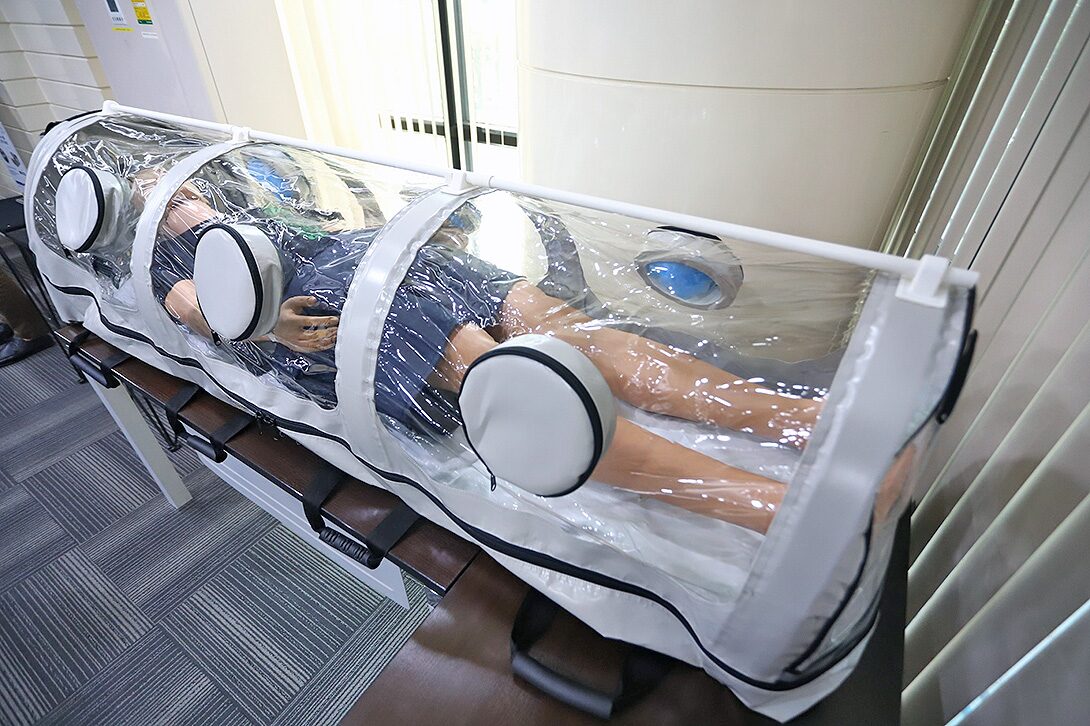
There is also the Ve-Chick, a plant-based protein from AUROMEX Food, under the Goodies brand, which is aimed at health-conscious consumers and uses natural ingredients, including cat litter made from cassava pulp and pineapple fiber waste. There are also snacks that promote long-term health.
On the construction side, there is fast-permeable concrete, ventilation blocks made from tile waste and green building products under the Kenzai brand.
Working with materials, preserving these valuable resources for as long as possible, is at the heart of it all. It’s not about getting rid of waste, but about finding innovations that bring what is dead back to life, which comes closer to a true circular economy.
